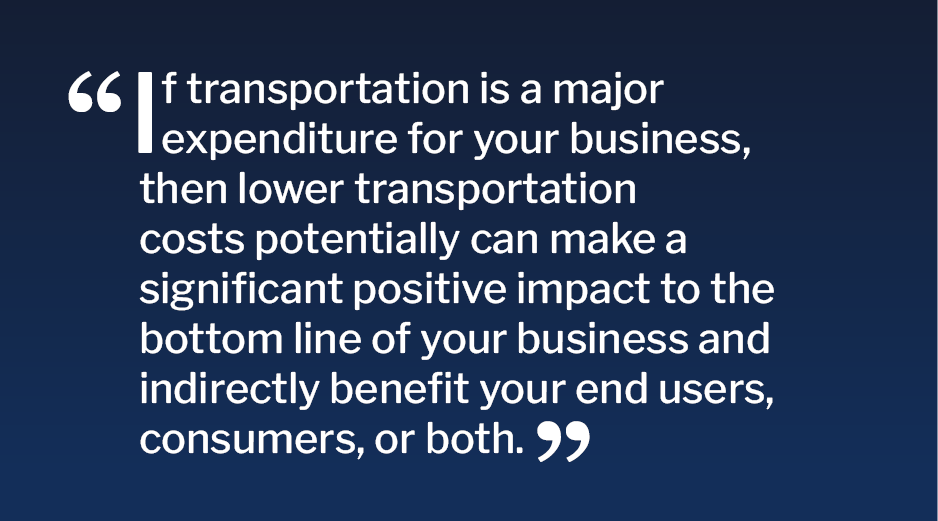
Contact Greg Kelahan at gkelahan@hanson-inc.com to discover your opportunities for modal competition.
If you search the internet for “benefits of business competition,” the results will be plentiful. One commonly cited benefit is keeping prices low. This is particularly true as it relates to competing modes of transportation, referred to as “modal competition.” Whether it is the supply of raw materials or the distribution of finished goods, modal competition can lower transportation costs and provide an increased opportunity for profit .
If transportation is a major expenditure for your business, then lower transportation costs potentially can make a significant positive impact to the bottom line of your business and indirectly benefit your end users, consumers, or both . Does your port, waterfront terminal, or industrial facility have unused rail or waterfront infrastructure? Returning that unused infrastructure to service could result in decreased transportation costs.

For example, renovating an unused rail spur may allow your business to receive raw materials or send finished products via rail at a lower cost than your current transportation mode. Or, having a rail option might allow you to negotiate lower transportation rates with your current transportation provider.
The same applies to a waterfront facility that does not use waterborne transportation. Barge transportation might be cheaper than rail and trucking for your business, particularly for freight that is not time sensitive. A relatively small infrastructure investment now could lead to large transportation savings over time. Or, at a minimum, the modal competition created by having a barge transportation option could lead to lower costs from a trucking company or railroad.
Ports, port tenants, waterfront terminals, and industrial facilities often have unused or underused opportunities for modal competition. Bringing unused infrastructure “back to life” could generate modal competition. A near-term transportation infrastructure investment could lead to substantial long-term savings on transportation costs, yielding significant near- and long-term returns on a potentially small investment!
From roads to railroads to barge transportation, Hanson has the transportation infrastructure and operations analysis experience to guide you through that decision-making process, so you can make the right business decision for your situation.